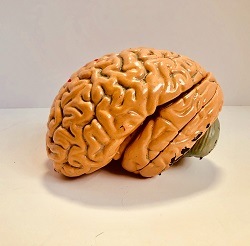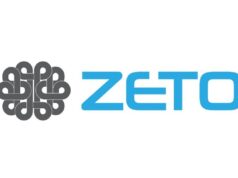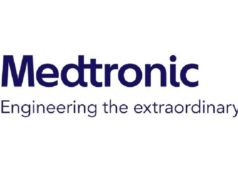 JMIR Publications has announced the expansion of its journal portfolio with JMIR Neurotechnology (JNT)—an open-access, peer-reviewed journal focused on the intersection between clinical neuroscience and technology to prevent, diagnose, and treat neurological disorders.
JMIR Publications has announced the expansion of its journal portfolio with JMIR Neurotechnology (JNT)—an open-access, peer-reviewed journal focused on the intersection between clinical neuroscience and technology to prevent, diagnose, and treat neurological disorders.
Neurosurgeon Pieter Kubben (Maastricht University Medical Center, Maastricht, The Netherlands), the editor-in-chief for this new journal, said: “JNT aims to be a platform where applied human research can connect patients, caregivers and information engineers active in any neurological domain where patient benefit is clear for all involved. JNT is not interested in fundamental neuroscience nor in animal research.”
As per a JMIR press release, Kubben also hopes that the journal will serve as a gathering place for all involved with patient care—whether directly or indirectly—owing to a belief that understanding and managing chronic diseases is and must be a team endeavour, involving different people serving in a wide assortment of complementary roles.
Building on the JMIR Publications foundation, JNT intends to support development of novel diagnostic and treatment tools and paradigms for neurological diseases, leveraging recent insights from clinical neuroscience and information technology. The journal pragmatically defines neurotechnology as the use of information technology to diagnose or treat chronic neurological disease—and its hope is to foster the explicit linking of these two domains into a merged domain and a single, coherent neurotechnology community.
The press release states that JMIR explicitly wants to connect these typically separate domains and intends to do so, in part, by including a short, author-written statement referred to as a ‘handshake box’ with every article. Authors of clinically oriented articles will be asked to write a handshake text that concisely articulates the technical implications of their findings, and authors of technical work will similarly write handshake text to articulate the clinical implications of their work.
“We warmly welcome you onto our JNT bridge and hope to see you there as part of our evolving community!” said Kubben, who further discussed this new journal in a recent video interview.












